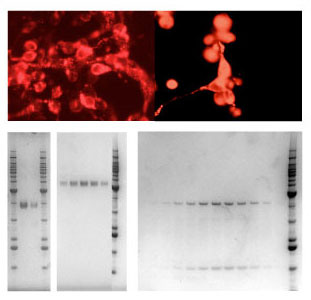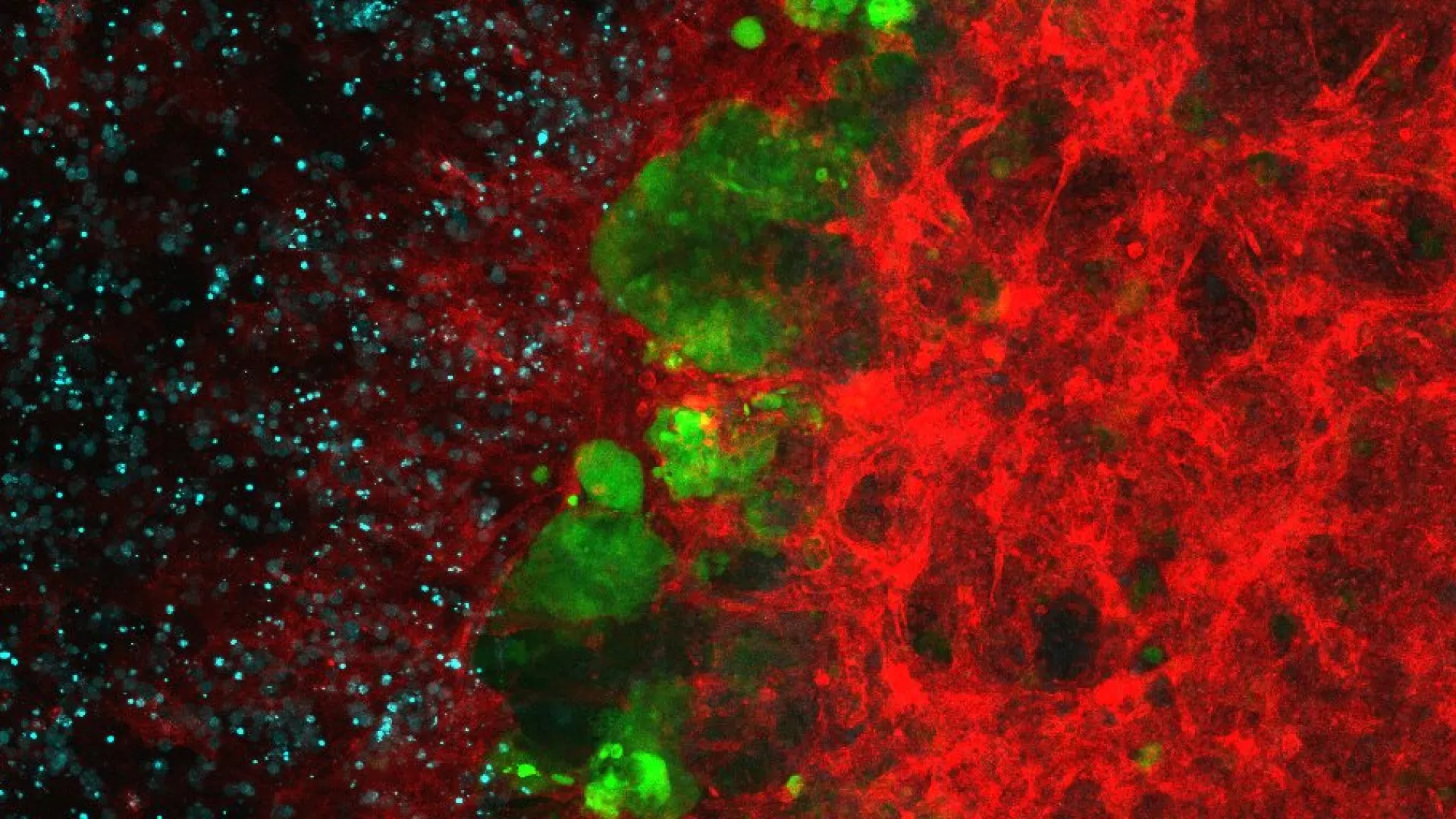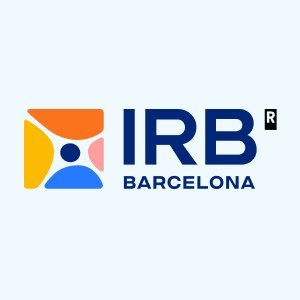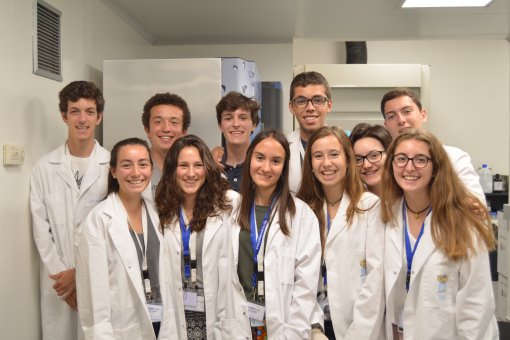Research information
Background
The Protein Expression Core Facility was founded to deliver high-throughput (HTP) cloning and expression screening activities in which many variations of a protein (e.g., the cloning and expression screening of truncations, different fusion proteins or mutants of a particular protein of interest) can be performed in parallel. Alternatively, the HTP activities may be directed at the genome of a particular organism (or family of organisms) to clone and expression screen many different proteins from a single organism.
In addition, the facility has the expertise and equipment necessary to produce and purify milligram amounts of protein from both prokaryotic and eukaryotic expression hosts-currently E. coli, Sf9 (insect) and HEK293T or HEK293A (mammalian cells). Many of the protocols are automated, with the facility making full use of liquid-handling robotics for HTP plate-handling for small-scale (μg) expression screening and automated purification systems (Äkta Xpress) for larger (mg) scale protein purification.

Figure 1. (Top panels) Using the pPEU vectors to study protein expression and localisation in HEK293T cells, two proteins fused to Cherry fluorescent protein are visualised by fluorescence microscopy.
(Lower left panels) Purification of secreted and glycosylated proteins from HEK293T cells, SDS-PAGE gels of final products.
(Lower right panel) Purifying protein dimers expressed in E. coli from bi-cistronic vectors. SDS-PAGE of purified products. Note that only the larger protein is his-tagged.
The facility also offers many high quality reagents for cloning and protein expression such as competent bacterio-phage-resistant E.coli strains, specialized expression media, and recombinant enzymes. If required the facility can also offer custom cloning and vector modification services.
For further details or enquiries please contact us (nick.berrow![]() irbbarcelona.org).
irbbarcelona.org).
Selected publications
Projects
CERCAGINYS és la plataforma d’accés a les infraestructures científiques i tècniques dels 41 centres CERCA. La iniciativa vol optimitzar l’accés a aquestes instal·lacions per a tota la comunitat científica i tecnològica i, molt especialment, vol evidenciar la possibilitat que el sector privat empresarial i industrial també pot fer-ne ús, accedint, així mateix, als serveis de personal tècnic altament qualificat. La proposta forma part d’un projecte més ampli, vinculat al Pla d’Acció d’Infraestructures finançat pel Ministeri de Ciència i Innovació a través de la I-CERCA.

Services
- Custom HTP cloning to generate expression vectors
The In-Fusion™ ligation and restriction enzyme-independent cloning technique allows the precise production of user-defined constructs, including the production of mutant, chimaeric, and bi-cistronic (E. coli only) constructs. There are many pOPIN1 or pPEU In-Fusion™ - ready vectors available - click here to download the latest list or contact us. The majority of these vectors enable expression in E.coli (T7-based promoters), mammalian cells (CMV immediate early enhancer fused to the chicken ß-actin promoter) or insect cells (p10 promoter and in-cell recombination of ORFs 603 and 1629 with baculoviral genome). Generally the researcher will be expected to provide the ‘template’ for cloning operations but the facility may also be able to source plasmids or cDNAs. - Expression screening in E. coli
A micro-titre plate of 96 (facility or user-derived) expression clones can be screened in E. coli in approximately one week. The screen currently consists of the use of two expression strains, with expression in each strain being tested using both IPTG and auto-induction methods. Additional (DE3) E. coli strains can be incorporated into the screening process if required. - HTP plasmid mini-preparation: 96 mini-preps from E. coli pellets in MTP format in less than two hours
- Custom protein expression and purification of intracellular or secreted proteins at the milligram scale2
A minimum of two purification steps generally gives us protein purities in excess of 95% for most proteins. The hosts currently available for large-scale expression cultures are E. coli and HEK293T cells and we are currently introducing large-scale insect cell culture to our list of services. The HEK293T cells system has been used to successfully produce milligram quantities of secreted glycosylated proteins. - Production of seleno-methionine-labelled proteins in auxotrophic or prototrophic E.coli strains for crystallographic structure determination
Our bulk seleno-methionine purchasing produces very competitive pricing for our labeled proteins from E.coli. - Production of 15N, 13C or Deuterium-labelled proteins in auxotrophic or prototrophic E.coli strains for NMR
- Expression screening in mammalian (eg HEK293T) cells
A microtitre plate of 96 (facility- or user-derived) expression clones can be screened in cells in 1-2 weeks. - Production of recombinant baculo-viruses either via the pOPIN or pPEU vector suites or from existing (eg pFastBac) constructs. The in-cell (Sf9) recombination of the pOPIN and pPEU vectors with the baculoviral genome is rapid and without background.
- Recombinant his-tagged 3C(PreScission), TEV and SUMO proteases are available for the removal of fusion ‘partners’ from expressed proteins.
We also hope to make the recombinant glycosidases PNGase and EndoF1 available for the removal of sugar moieties from glycosylated recombinant proteins prior to crystallisation. The facility also sources many high quality reagents, ranging from specialized E. coli-competent cell strains and reagents for protein expression to labelling and cloning reagents for use by individual researchers. Purchasing reagents through the facility is generally very cost-effective.
1-The pOPIN vector suite was originally developed at the Oxford Protein Production Facility, see also:
Berrow NS, Alderton D, Sainsbury S, Nettleship J, Assenberg R, Rahman N, Stuart DI and Owens RJ. A versatile ligation-independent cloning method suitable for high-throughput expression screening applications. Nucleic Acids Res, 35, e45 (2007)
In-Fusion™ is a trademark of Clontech Laboratories, Inc.
2-Yields depend entirely on the particular protein being expressed and obviously cannot be guaranteed.
Policies
We generally have many varied projects in progress at any one time but we try to accommodate any reasonable requests as quickly as we are able. Please consult us if you have any queries about possible projects or collaborations with the Protein Expression Core Facility.





